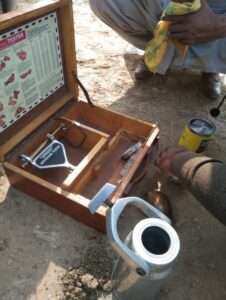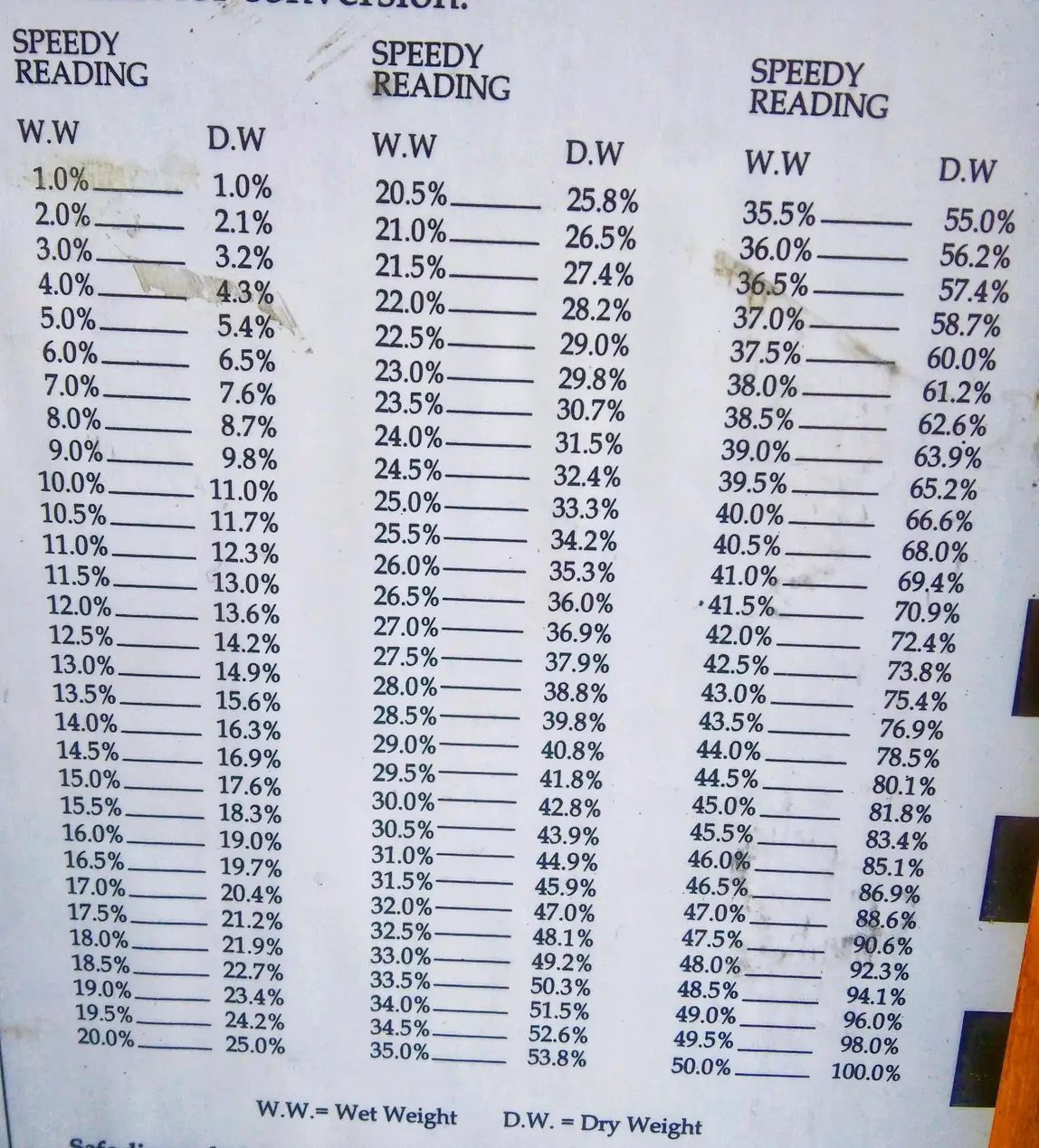Determination Speedy Moisture Tester for Moisture Content
The fundamental operation of a Speedy Moisture Tester relies on the principle of moisture evaporation. The tester weighs a small sample of the material below evaluation, normally soil or aggregates, and locations it into the tool. The tool then uses heat to evaporate the moisture within the pattern. It traps and condenses the water vapor, allowing measurement of the change in pressure within the sealed chamber. This change in pressure serves as the basis for determining the moisture content of the sample.
Speedy Moisture Tester Comparison with Other Methods
When contrasting Speedy Moisture Testers with other moisture content determination methods, such as oven-drying techniques and electronic moisture analyzers, the latter methods might offer precise results; however, they could be more time-consuming, expensive, or require sophisticated laboratory setups. In contrast, the Speedy Moisture Tester distinguishes itself for its rapid results and practicality in field applications.
Impact of Low Quantity of Calcium Carbide
- Low Quantity: Insufficient use of calcium carbide may bring about an inadequate era of acetylene gasoline during the reaction. Consequently, the strain created inside the Speedy Moisture Tester could be lower than anticipated. This discrepancy can lead to an obscure dimension of moisture content material, doubtlessly showing a decrease moisture content material than the actual quantity gift inside the sample.
Impact of Exceeding the Limit of Calcium Carbide
- Excessive Quantity: By the usage of extra calcium carbide than the advocated amount, an overabundance of acetylene fuel might be generated in the response. Consequently, higher pressure readings than expected could occur within the device. Despite the excess calcium carbide not significantly impacting the temperature, it could introduce inaccuracies in the moisture content readings due to excessive gas production.
Significance
Significantly, the Speedy Moisture Content Test is extensively used by diverse people to hastily and correctly determine the moisture content of soil samples. Moreover, it’s far especially beneficial for construction and engineering packages, as the moisture content material extensively impacts the bodily houses and power of the soil.
Standard
The general approach for undertaking the rapid moisture content check is ASTM D4944., IS-2720 (Part 2):1973
Scope
The objective of this experiment is to check the moisture content of a soil sample using the rapid moisture content material test method.
Objectives
- To determine the moisture content of a soil sample the usage of the fast moisture content take a look at technique.
- To understand the principle behind the speedy moisture content test.
- To become familiar with the apparatus and equipment used in the test.
Apparatus and Equipment
- Speedy Moisture Tester
- Calibration Kit
- Balance with an accuracy of 0.01 g
- Glass Measuring Cylinder
- Rubber Mallet
- Oven
Theory
The underlying principle of the speedy moisture content test is founded on the weight loss method. Initially, the process involves weighing a soil pattern and including a measured quantity of calcium carbide into the tester. Then, upon sealing the tester, energetic shaking initiates the reaction between calcium carbide and the moisture within the soil sample, main to the production of acetylene gasoline. As a result, this reaction induces a upward push in pressure within the tester, inflicting motion in a diaphragm interior. Subsequently, this diaphragm’s motion is recorded, and the moisture content material of the soil pattern is decided the usage of a calibration curve.

Procedure
- To test the soil, typically between 5-20 grams, weigh a representative sample or use the Weigh balance in the speedy kit. Afterward, place the sample in the container of the Speedy Moisture Tester.
- Add a measured amount of calcium carbide to the container (typically 2-3 grams).
- Close the container tightly and shake it vigorously to mix the soil and calcium carbide.
- Insert the pressure gauge and turn the valve to release the water content from the soil.
- Shake the container again and wait for a few minutes for the reaction to take place.
- Read the pressure gauge and record the value.
- Further, Calculate check the moisture content conversion chart of the soil using the Wet density to dry density.
Calculate

Conclusion
The Speedy Moisture Content Test expeditiously and accurately determines the soil’s moisture content. Simultaneously, it is a test easily conducted, requiring minimal equipment. These results are instrumental in analyzing the soil’s properties and behavior, encompassing its strength and compressibility. As such, this test stands as an invaluable tool for engineers and geologists involved in the construction industry.
Recommendation
It’s recommended to apply the Speedy Moisture Content Test inside the subject to determine soil moisture content material. However, it’s vital to be aware that the take a look at may not be appropriate for all situations.
Read More
Falling head permeability test on soil
